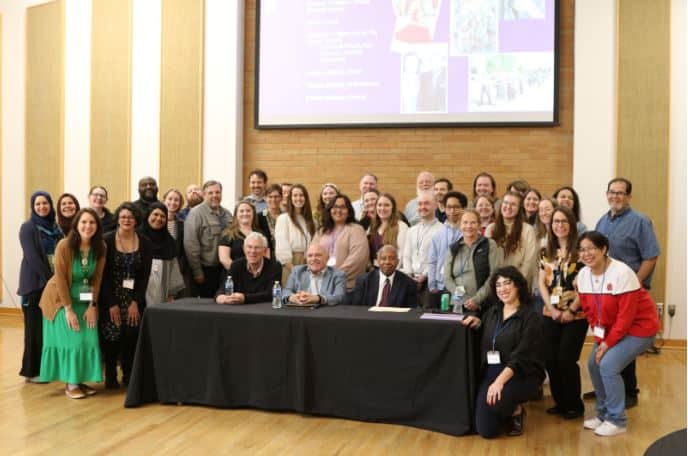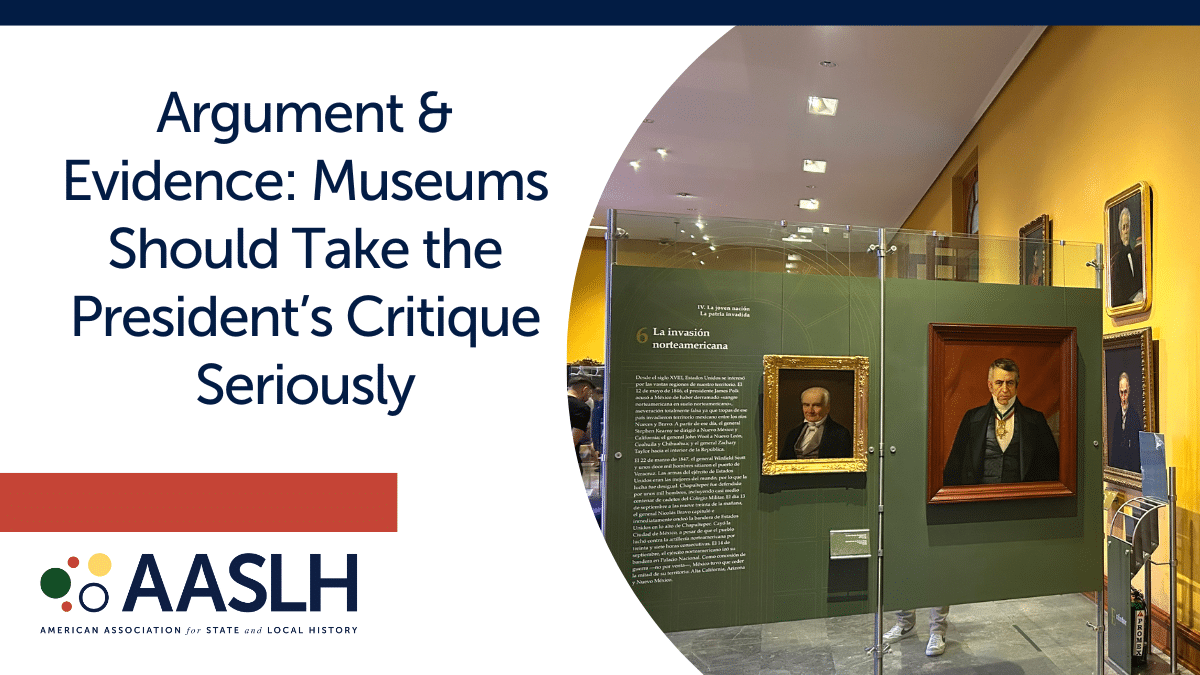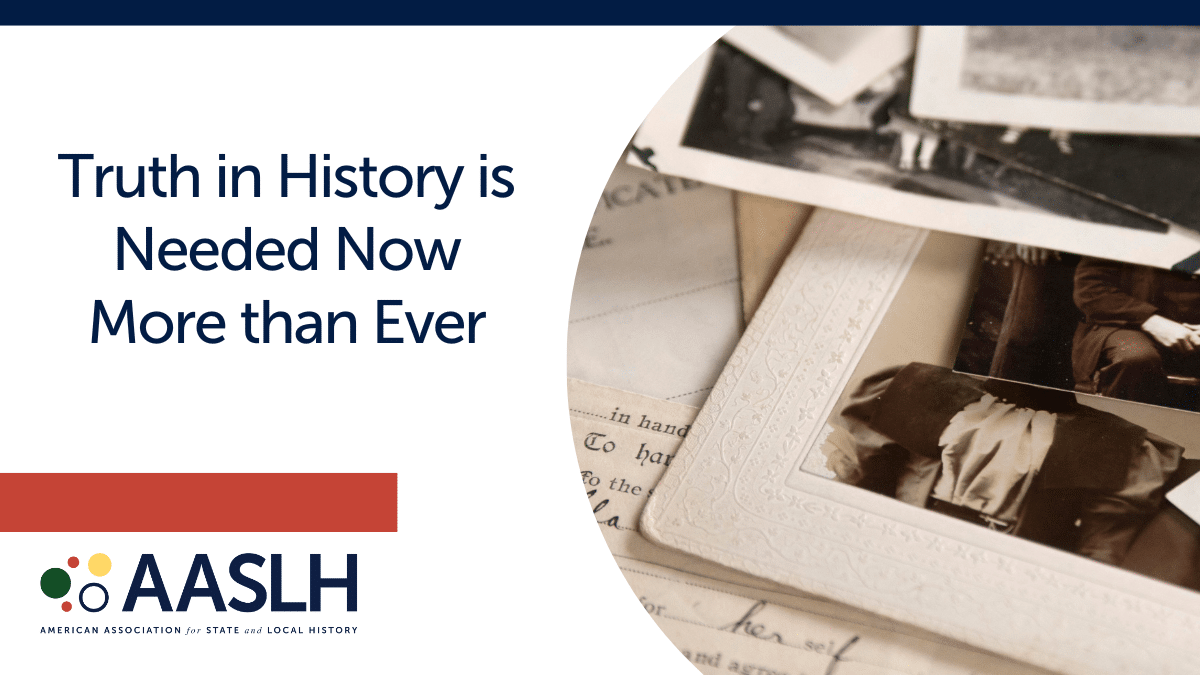The Peoples of Utah Revisited: How Utah is Commemorating America250

Monk Chief Abbot Sarith So (middle) with monks surrounding him and performing a blessing ceremony to recognize Monk Sarith So as the official monk of Wat Buddhikaram-Utah Cambodian Buddhist Temple, June 30, 2013 in West Valley City, Utah.
By Monique Davila, Community Engagement Coordinator, and Jordan Kiyak, Research Outreach Coordinator, Utah Historical Society
As the thirteen American colonies celebrated the signing of the Declaration of Independence in 1776, Utah’s story unfolded far from the revolution that gripped the East Coast. Concurrent with the revolution in July 1776, the Domínguez-Escalante Expedition, led by Fray Fransisco Atanasio Domínguez and Fray Silvestre Vélez de Escalante, traveled through the Rocky Mountains and present-day Utah seeking a route from Santa Fe to Monterey, California. The Spanish and Mexican members of the expedition were the first non-Indigenous people to step foot in present-day Utah, and represent a key moment in linking Utah’s history to the America250 commemoration in 2026.
The expedition marked the first of many new migrations into Utah, home since time immemorial of the Navajo, Ute, Shoshone, Paiute, and Goshute peoples. Historic Mormon settlers, European miners, Asian railroad workers, and more followed, moving in and through Utah, many making the area their home. Recognizing this rich history, the Utah Historical Society (UHS) is joining the national Semiquincentennial commemoration with the Peoples of Utah Revisited initiative, a project with roots in the Bicentennial commemoration in 1976.

Attendees at the Peoples of Utah Revisited Spring Symposia on March 23, 2024, Salt Lake City. Seated: Kent Powell, Phil Notarianni, and Ronald Coleman, who were part of the original Peoples of Utah project in the 1970s.
This new initiative builds on the foundational work done decades ago. In 1976, the Utah Historical Society published The Peoples of Utah, an anthology coordinated by noted Greek American ethnographer Helen Zeese Papanikolas. This book remains a seminal work documenting cultural and ethnic communities in Utah through the 1960s. The original project created a priceless collection of historic photographs and documents that chronicled the little-known histories of Utah’s Native American, Black, Chinese, Japanese, Jewish, Mexican American, Middle Eastern, and various European communities. Papanikolas was the first scholar to place their histories alongside the better-known stories of Western Americans and members of the Church of Jesus Christ of Latter-day Saints.
Building on this legacy, The Peoples of Utah Revisited (Peoples) returns to the groundbreaking work of the 1970s and seeks to widen the lens on Utah’s history to tell the story of all Utahns. Through dedicated efforts to collect, preserve, and share Utah’s history, this initiative is expanding UHS’s digital collections, scholarship, and community relationships. The Utah Historical Society also realizes that since the publication of the original Peoples of Utah, Utah demographics have changed dramatically. With more than 106 languages spoken in Salt Lake Valley schools alone, along with the migration of Southeast Asian communities since the 1970s, and the sharp rise of Latinos moving into Utah since the 1990s, the cultural fabric of Utah has shifted dramatically in recent decades.
With Utah’s changing demographics, the Peoples initiative offers two ways Utahns can get involved with this project: through community history activities like Scan-and-Share events or by engaging in research and writing expanded histories of Utah.
At Scan-and-Share events, we invite folks to bring items of personal significance (photos, recipes, medals, art, journals, etc.) for UHS staff to scan and digitize. These digital images may become part of the Peoples of Utah Revisited online collection accessible to all. Short oral history interviews are also offered at these events. Community members keep their original items and receive a USB drive of their scanned images. As a non-extractive model, these events aim to document the stories that communities wish to share with the public. Since January 2023, UHS has hosted 33 Scan-and-Share events, digitized over 1,000 items, conducted 37 oral histories, and has formed countless partnerships with community organizations.

A photo postcard of a Latino family from Brigham City, Utah in 1926. Left to right: Mercedes Castrellon, Ygnacia Alvarado, Samuel Alvarado, Natividad Alvarado; postcard written on back with address Matilda Alborado.
Complementing community-engaged work, Peoples also supports new research and writing of Utah social histories, expanding the state’s historical literature. Researchers have the opportunity to publish their work in the Utah Historical Quarterly, or in an online encyclopedic website to be launched in 2026. More than 50 researchers are working on individual topics, some originating directly from their communities and others as part of ongoing research. Because our researchers come from various fields and levels of experience in historical work, we have developed a robust support network, including periodic symposia, research consultations, and affinity groups. This process dissolves the division between field and classroom historical work, making Utah’s various community histories more accessible.
Peoples underscores the importance of recognizing all who call Utah home. By sharing their histories, trials, and moments of joy, the Peoples of Utah Revisited initiative ensures every Utahn has a place in the state’s historical narrative.
Using community collaboration, scholarship, and oral history, Peoples is pulling back the curtain on Utah’s rich array of cultures, traditions, and experiences. This initiative helps shape a more accurate representation of Utah’s past and present by providing the tools, time, and support to document these narratives. Through these efforts, the Utah Historical Society fosters opportunities for personal engagement and a sense of belonging among all Utahns, reinforcing that their stories are an integral part of America’s ongoing journey.



